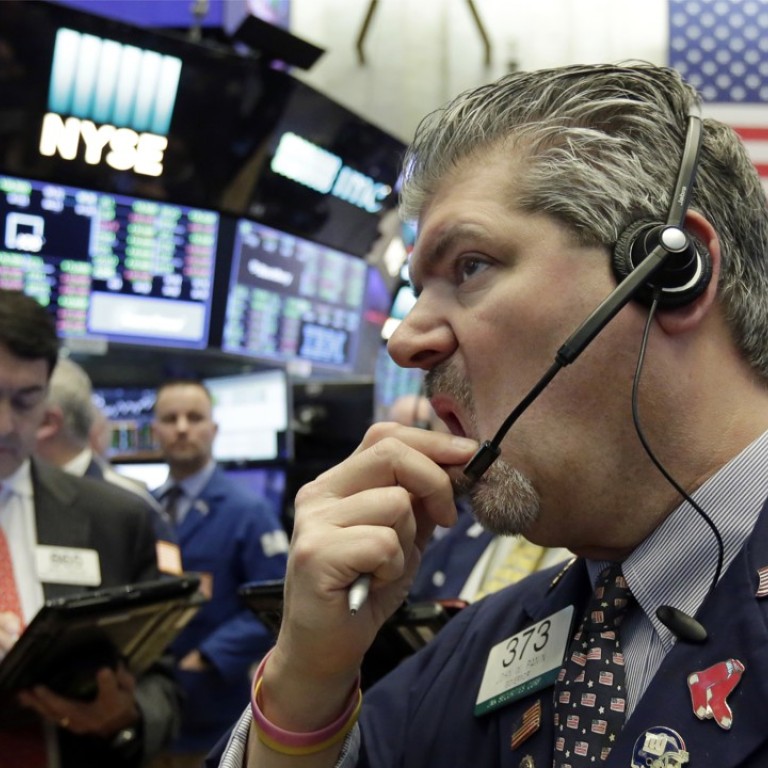
Dow ends wild week by climbing back past 24,000 after US$3 trillion wiped from US stock market
Even with the rebound, this was the worst week for the market in about two years
US stock markets seesawed again on Friday, capping a head-spinning week that wiped out as much as US$3 trillion in US stock market value as investors fled from equity funds.
The Dow Jones Industrial Average saw a more than 1,000-point swing, or about 4.2 per cent, on Friday, in one of the market’s worst weeks since the 2009 financial crisis.
The broader Standard & Poor’s 500-stock index gave up early gains and slid into negative territory – before clawing back into the black.
The Dow finished up 330 points, or 1.39 per cent, at 24,191. The S&P 500 gained 38.5 points, or 1.49 per cent, to close at 2,620. And the tech-heavy Nasdaq ended ahead, too, gaining 97.3 points, or 1.44 per cent, to close at 6,874.
Investors remained torn. The massive Trump tax cut should provide a huge stimulus to an economy already rushing ahead at full employment, boosting profits and growth.
At the same time, fears are growing that interest rates will jump as the federal government borrows massive amounts to cover its growing deficits.
“There’s a lot boiling over in this pot,” Edward Yardeni, president of Yardeni Research, said.
“The stock market clearly has concerns with what’s happening in the bond market and the bond market is becoming increasingly concerned with both monetary and fiscal policies.”
Investors, who set a monthly record for sinking money into equity funds in January, pulled their money out at a record pace in the week ended February 7, according to EPFR, a Cambridge, Massachusetts, data firm. Investment in inflation protected bonds rose.
Some analysts believed that the stock market swoon did not reflect deeper economic woes.
“This is a technical-driven sell-off, rather than one reflecting a significant deterioration in fundamentals,” Mohamed A El-Erian, the chief economic adviser at German-based financial giant Allianz, said.
He added such sell-offs “are particularly unsettling to investors because it is hard for them to point to a familiar culprit relating to economics, geo-politics or the corporate world.”
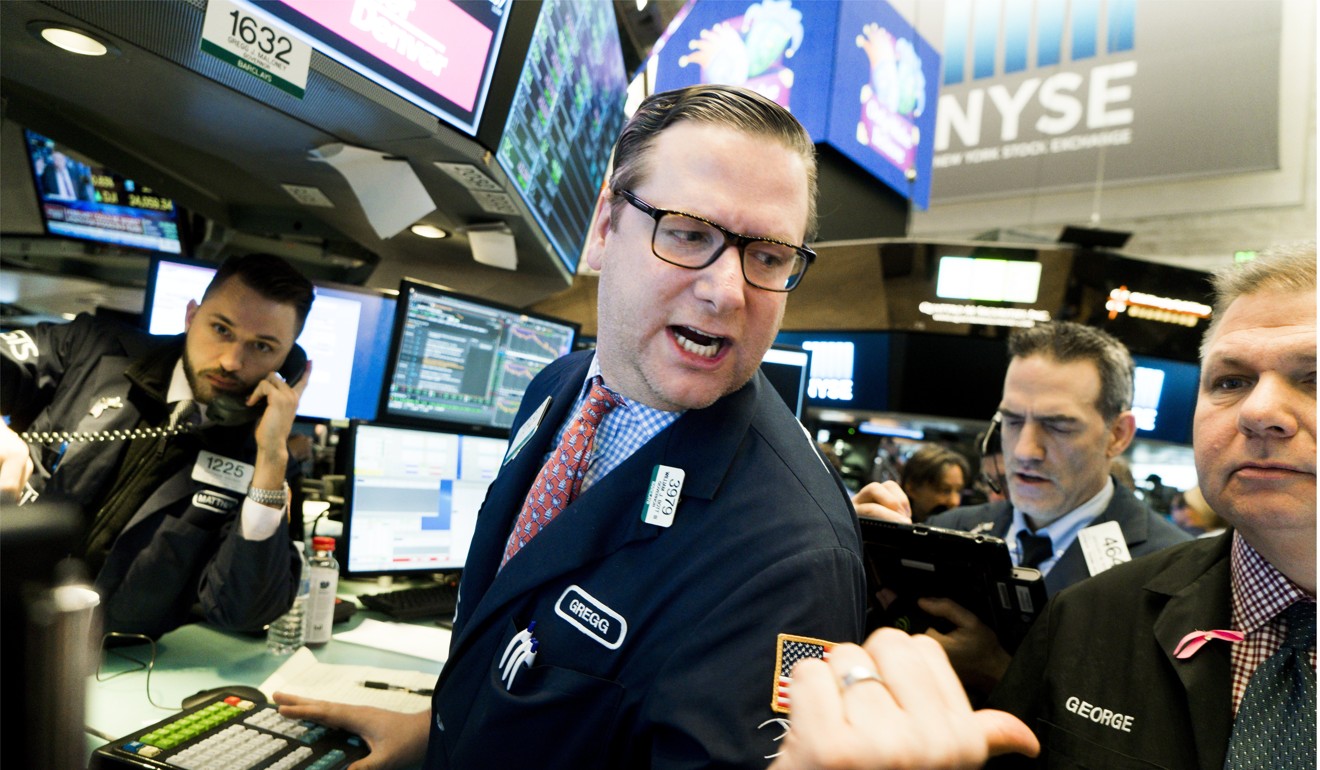
But El-Erian said that these corrections “tend not to contaminate the broader economy as long as fundamentals are strong, which is the case today.
“The global economy is growing in a synchronised fashion, corporate balance sheets are strong, and banks are well capitalised.”
In a speech Thursday night, Esther George, president of the Federal Reserve Bank of Kansas City, said that “current conditions and the near-term outlook appear quite rosy.”
But while “the nation remains far from a fiscal crisis,” she warned, “changes will be necessary to put government debt on a sustainable trajectory.”
Investors are worried about both fiscal and monetary policy. The Treasury Department last week quietly announced that the federal government is on track to borrow nearly US$1 trillion this financial year – President Donald Trump’s first full year in charge of the budget.
That is almost double what the government borrowed in fiscal 2017.
At the same time, the Federal Reserve has said it expects to raise rates in three-quarter-point increments, a modest start to returning to historically normal rates after the long recovery from the Great Recession of 2009.
Moreover, the Federal Reserve has indicated that it will slowly reduce the amount of Treasury bonds it holds, potentially raising interest rates further.
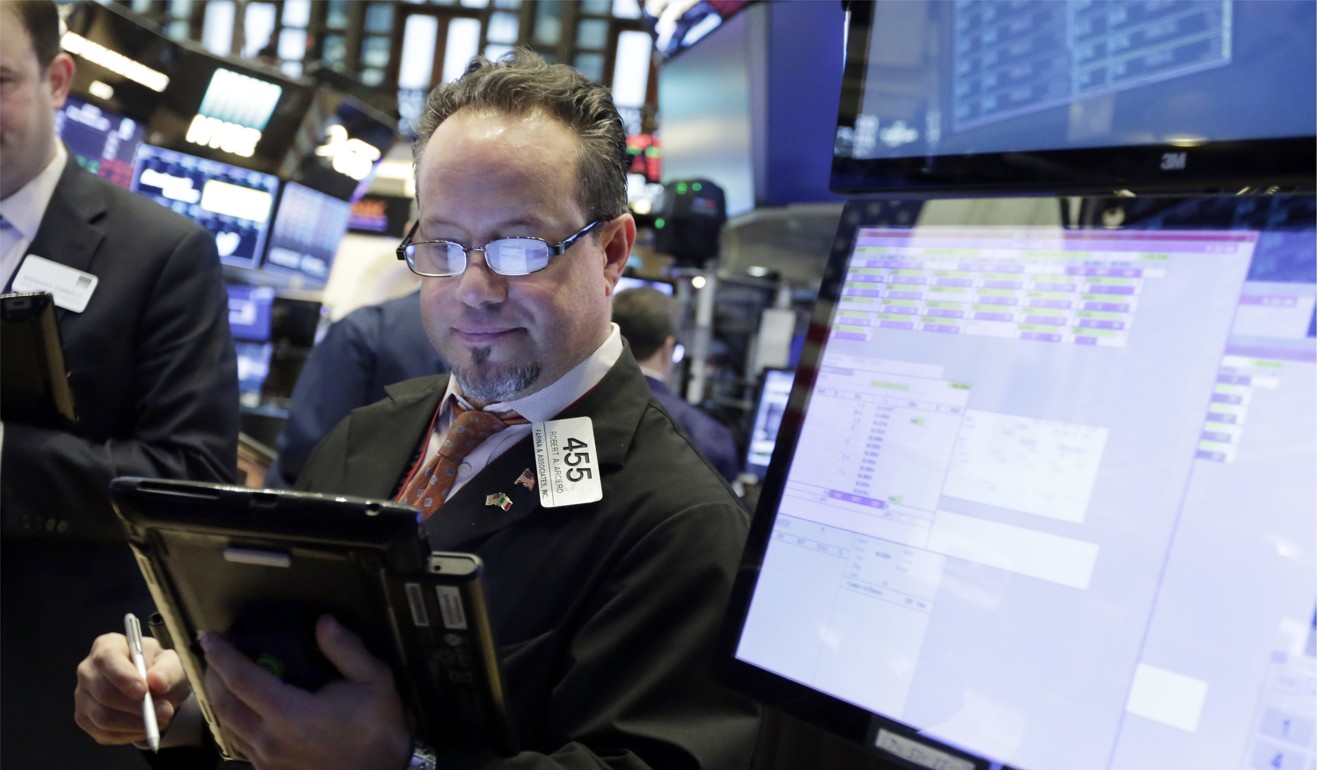
The concerns reverberated around the world. Global markets, especially in Asia, fell sharply on Friday after US stocks went into correction territory, dropping 1,000 points for the second time in a week.
In Europe, however, the reaction was more measured, with the main stock indexes posting losses of just more than 1 per cent.
The mercurial week had some analysts rethinking their positions. On Tuesday, Chris Rupkey, managing director and chief financial economist of MUFG Union Bank, issued a note to investors saying “The stock market is better than you think. Bet on it.” And “don’t be fooled by the modest decline in openings today.”
On Thursday, a more gloomy Rupkey told investors “the era of low interest rates is at an end which means the proverbial punch in the punch bowl is leaving the party. And fast! The stock market is a leading economic indicator and right now it points the way for the economy straight down.”
Big retail investment houses continued to urge calm. Fidelity noted that since 1920, the S&P 500 has suffered an average of three 5 per cent corrections a year, a 10 per cent correction once a year, and a 20 per cent correction every three years.
But there were also concerns of an economic shift more profound than a correction of valuations.
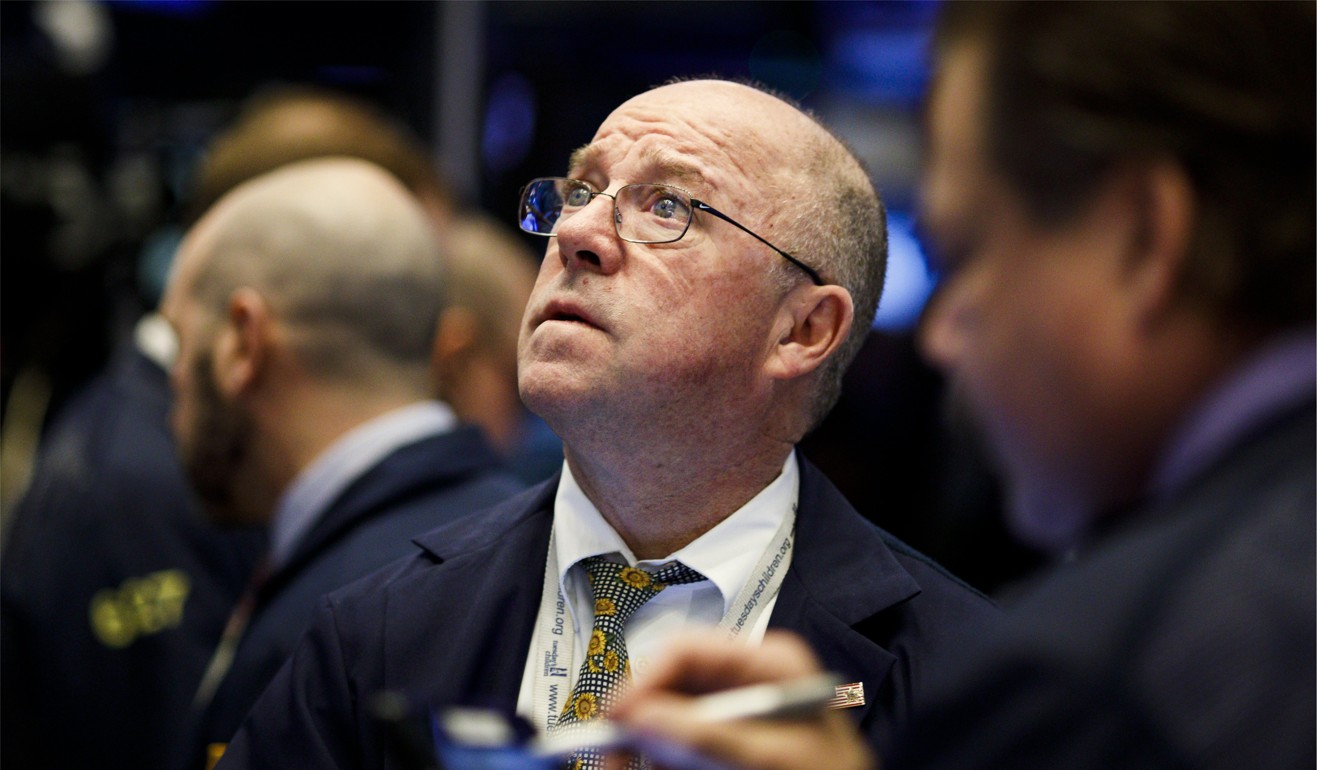
Moody’s ratings service issued a note Friday predicting that “the federal government’s balance sheet is set to deteriorate materially.”
Moody’s said that “over the long run, the direct fiscal impact of the tax reform will also be amplified by a larger interest bill, both due to faster accumulation of debt and an accelerated increase in market interest rates.”
Treasury figures indicate that about half the national debt will mature in the next 70 months. That debt will need to be refinanced as interest rates are rising. The interest rate on outstanding Treasury borrowing averages less than 2 per cent.
Moody’s also took issue with Trump’s assertion that faster economic growth would offset tax revenues lost by cutting corporate and individual rates.
“These effects will not be offset by faster economic growth, implying that both the debt burden and debt affordability will erode more quickly” than the Congressional Budget Office estimates, the ratings agency said.
Nonetheless, Moody’s noted that “exceptional economic strength” would compensate for fiscal weaknesses.
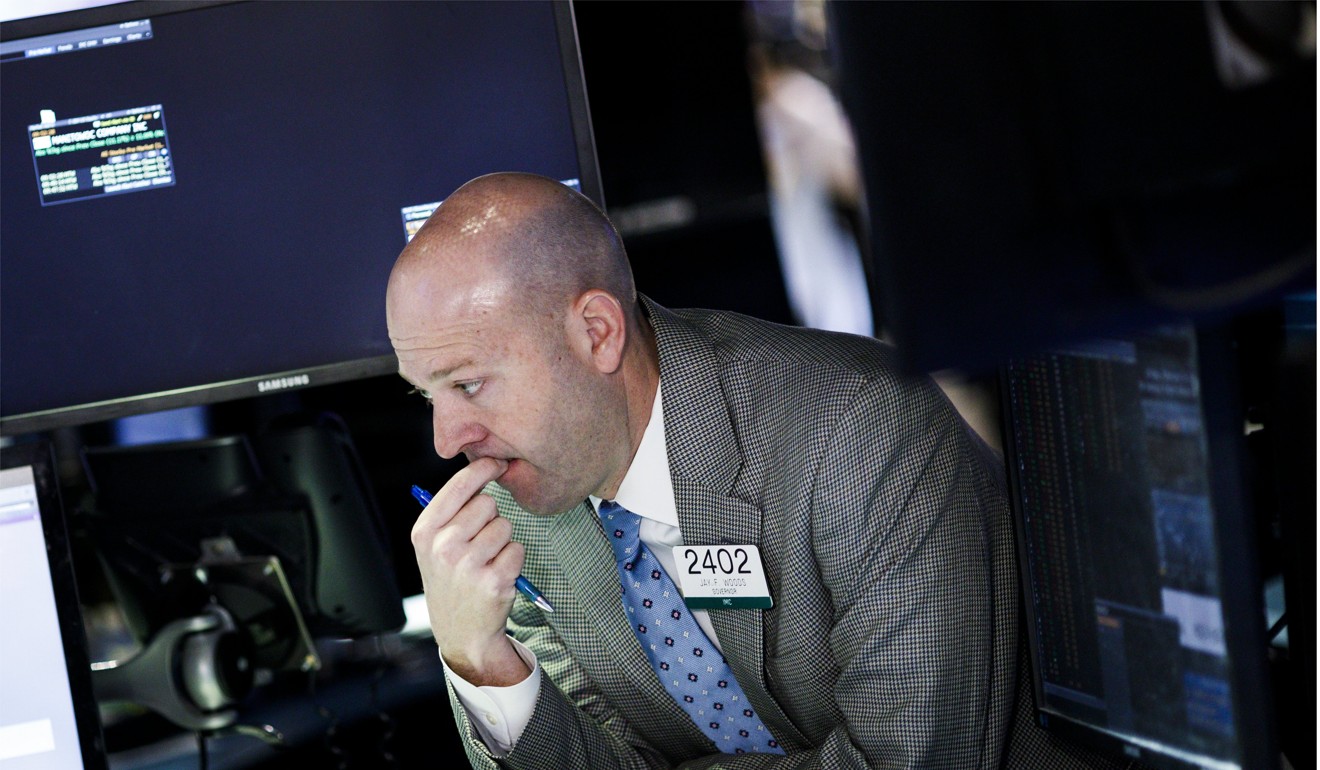
The Friday finish followed Dow’s slide of more than 1,000 points Thursday. The Dow and the broader Standard & Poor’s 500-stock index both crossed the 10 per cent threshold from their all-time highs, taking the markets into “correction” territory for the first time in two years.
Though a correction was widely predicted, a week of precipitous drops and late-day surges has investors around the world worried about volatility to come. The broad concern is that inflation is rising, which would pressure central banks to raise rates, making borrowing more expensive.
“The head winds blowing against markets is monetary tightening,” said Andy Xie, an independent economist in Shanghai. “This kind of yo-yo situation is going to last until the US interest rate rises to a normal level,” he added.

